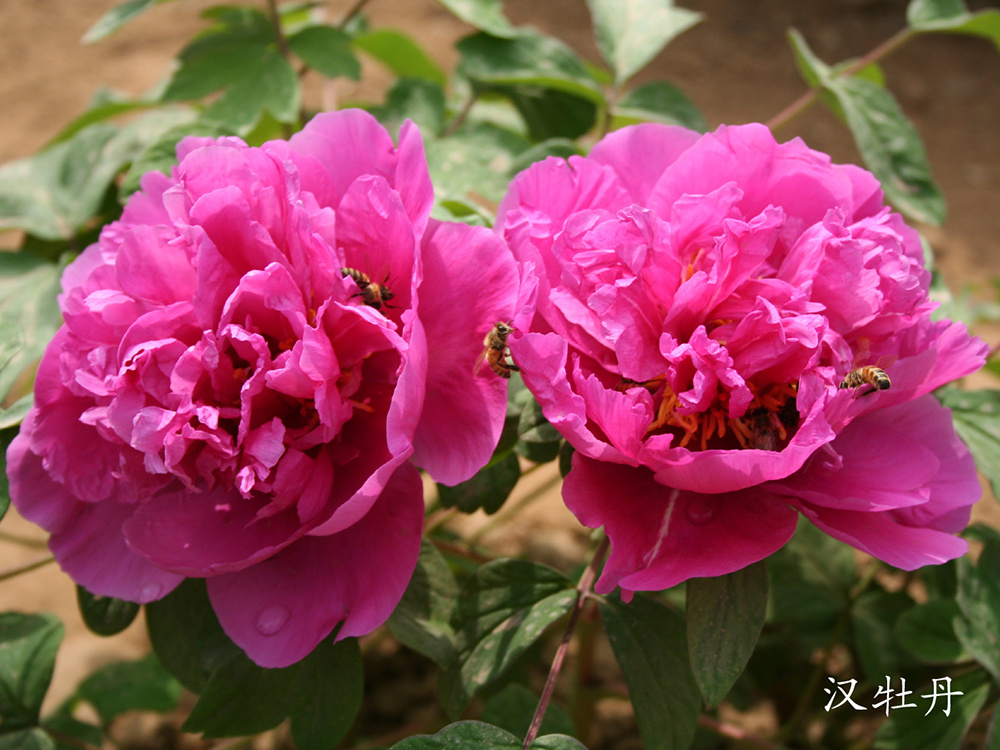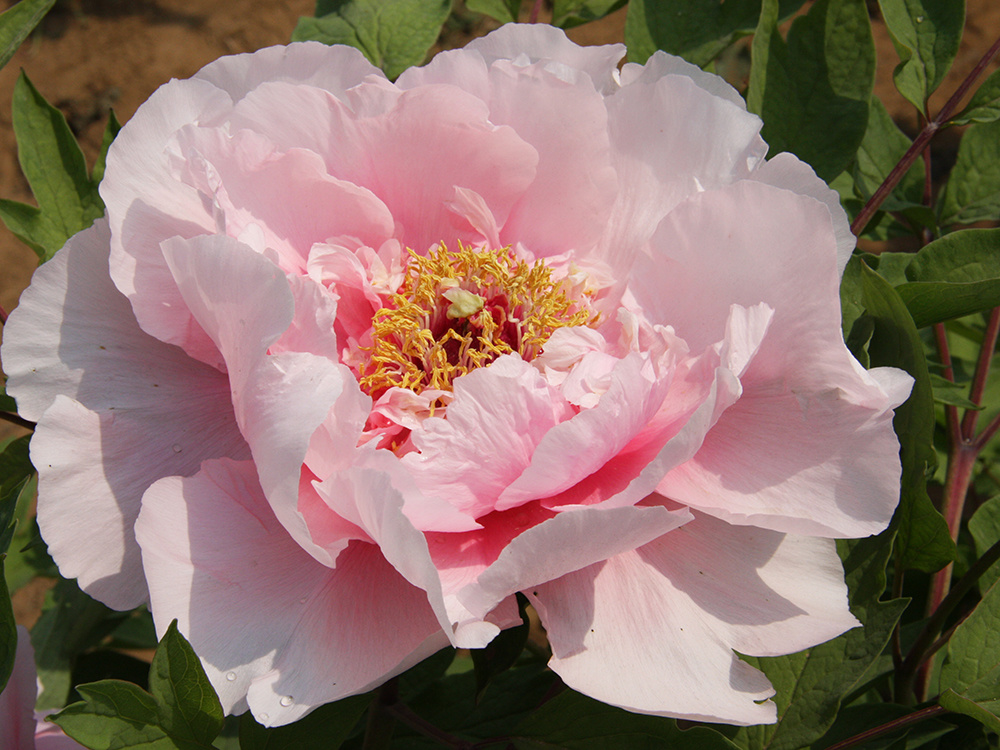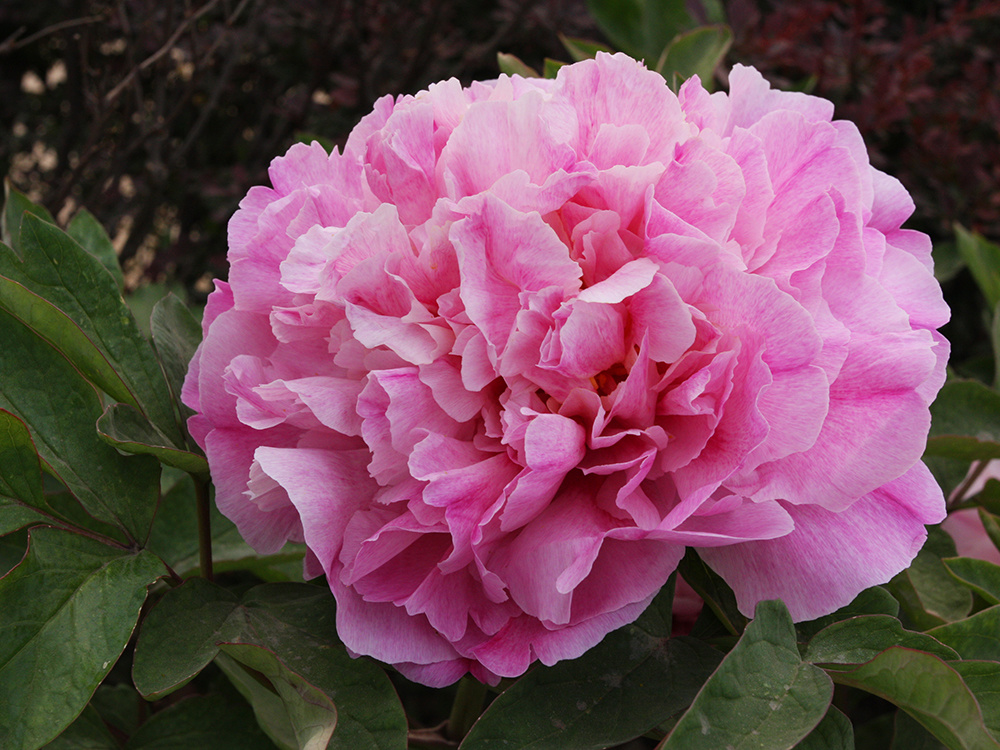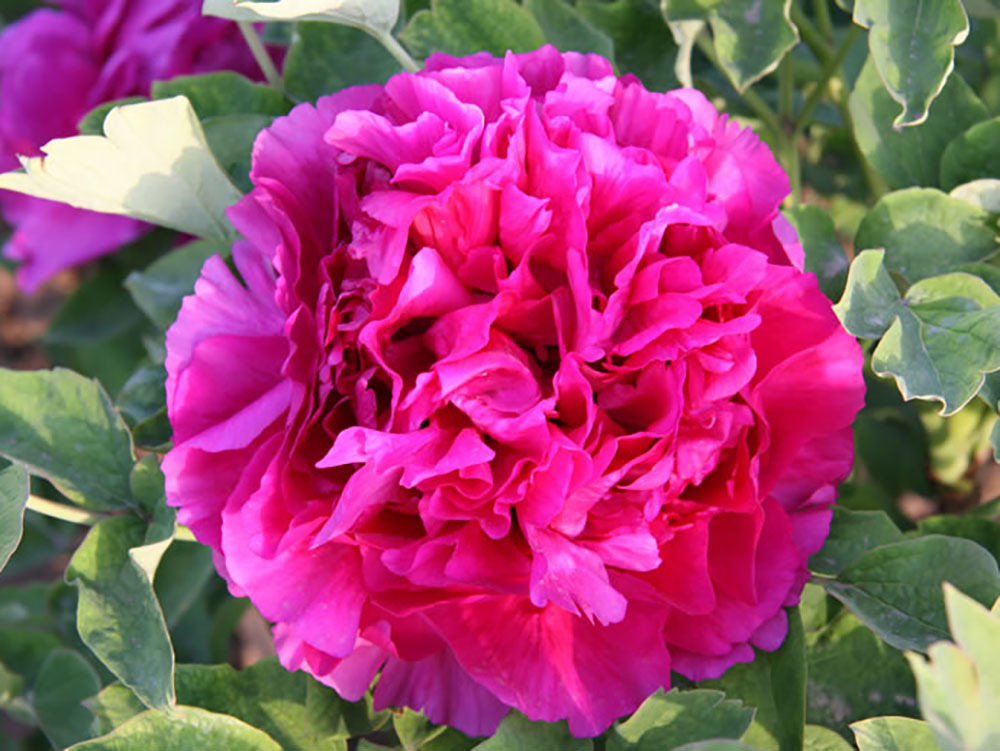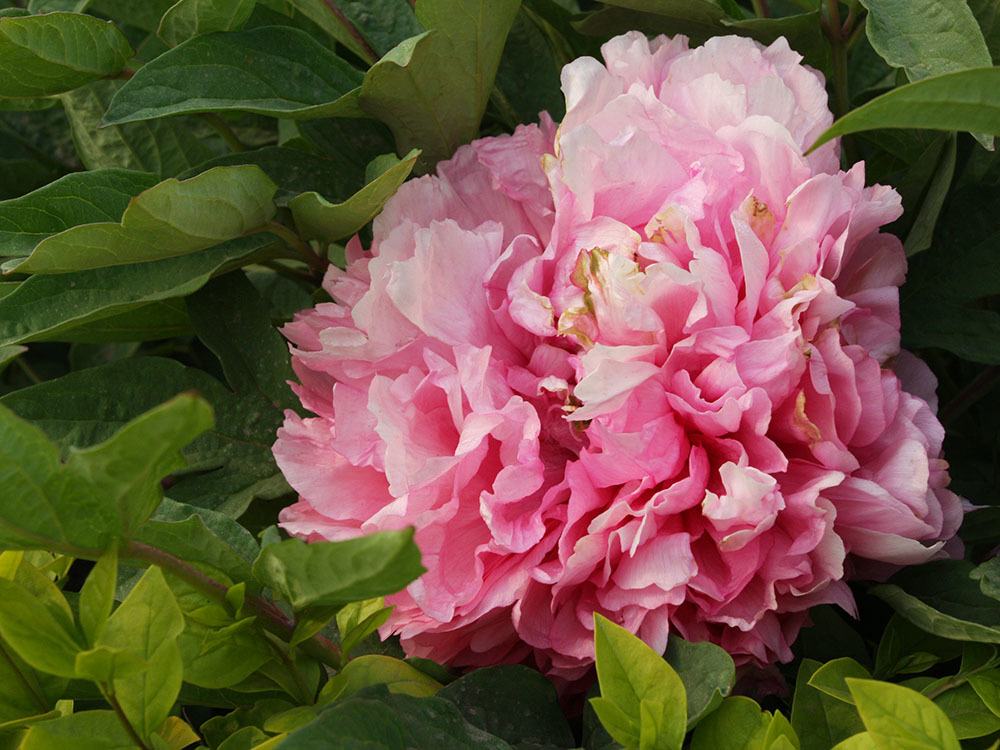Flower Appreciation
Contact Us
E-mail: bxhmd@126.com
Tel: 0086-319-7796393
Address: Han Mudan Garden, Baixiang County, Xingtai City, Hebei Province, China
Karakuko River
From April 1st to May 20th every year, peonies and peonies bloom one after another. The spring is peaceful and bright, with colorful flowers, bees flying and butterflies dancing.
- 产品描述
One, like warmth
Peony flowers prefer to grow in a warm environment, but they are afraid of heat, so the temperature during maintenance should not exceed 25°C, otherwise it will go dormant. It will bloom at a temperature of 17-20°C, so the temperature must be strictly controlled within a suitable range.
Second, like sunshine
It is very sun-loving and needs to be combined with adequate sunlight during growth. However, it cannot accept the scorching sun and should be shaded at noon in summer. It can also tolerate semi-shade, and it can be maintained in a semi-shade environment at ordinary times, but it cannot be out of the sun for a long time.
Third, cold resistance
Peony has a certain ability to withstand severe cold, but in order to prevent it from being damaged by freezing, it is best to do some warm work when overwintering in the north, so as to ensure that it can survive the winter smoothly. It can accept the lowest temperature of -30 ℃, but just in case, it is better to pay attention to it.
Four. Drought tolerance
It is very afraid of stagnant water. Too much water will hinder its root system from taking root. It has a certain drought resistance, so even if it is slightly short of water, it cannot be watered too much. Generally, the soil for cultivation should be in a slightly moist state, but it should not be too short of water.
From April 1st to May 20th every year, peonies and peonies bloom one after another. As soon as tourists enter the Han Peony Garden, they can see the dignity and beauty of peonies and peonies. The beauty complements each other. The rich aroma is sent to the tourists with the breeze. It feels like walking into the back garden of the queen mother. The leaves are green and the flowers The red is so delicate and charming, and the pink flowers are so beautiful. The texture of the petals is rich, like the glamorous Concubine Yang, immersing tourists in the ocean of flowers.
Entering the Shenhua Garden, besides the location of the thousand-year-old Han Peony, there are also more than 100 stone carvings from the Eastern Han Dynasty to the late Qing Dynasty in Baixiang County. These precious cultural relics complement each other with the Han Peony, forming a unique Han Peony culture. Han Peony has five unique features that Luoyang, Heze and other peonies at home and abroad cannot match.
1. Long time: She is more than 500 years earlier than Luoyang peony, and more than 1400 years earlier than Heze peony.
2. Different flowers of the same plant: During the blooming season, a single plant of Han peony ranks first in the group in various forms such as lotus type, chrysanthemum type, rose type, and thousand-story pavilion type.
3. Flowers love their homeland, but they will not live in a different place: In 1937, the Japanese invaders occupied Baixiang, trying to remove the famous flowers through the ages. The peonies in the Han Dynasty still fought with death, withered and died. Until after liberation, the dead branches of peonies in the Han Dynasty in Amitabha Temple regenerated, regained their appearance, and flourished.
Fourth, unsolved mysteries: The cultural history of more than two thousand years revolves around the peony in the Han Dynasty, and a large number of beautiful legends and folk stories have been produced. When the ancient emperor passed away, the peony of the Han Dynasty used white flowers as a prophet.
5. Knowing about farming when flowers bloom: It is rumored by the local people that they can predict the harvest and shortage of the year from the color change and growth state of the Han peony. In the decades after the founding of the People's Republic of China, the peony of the Han Dynasty perceived the changes in farming with its flower color and number of flower branches, and the common people's "seeing flowers and asking about things" is still popular.
Key words:
Related Products



